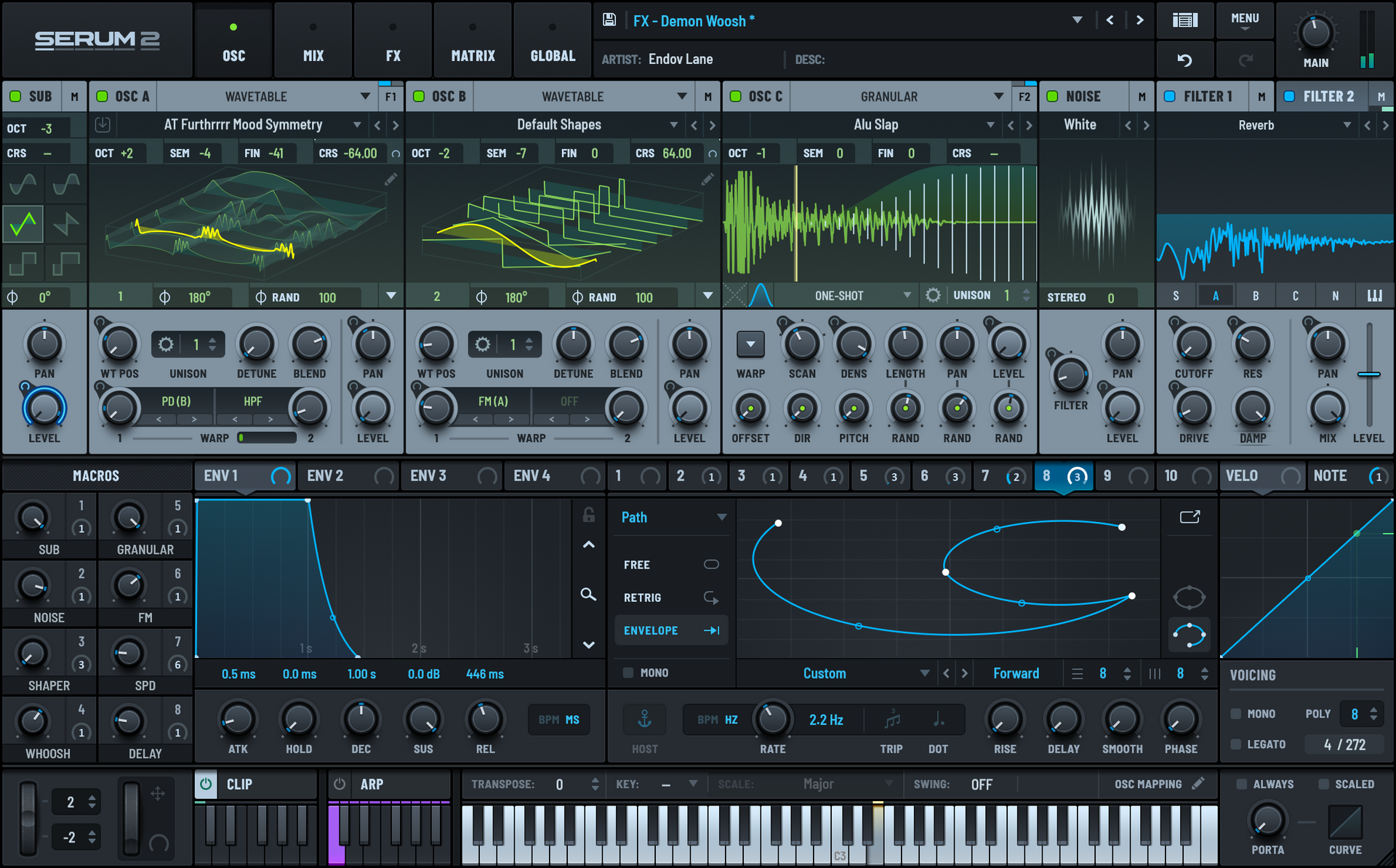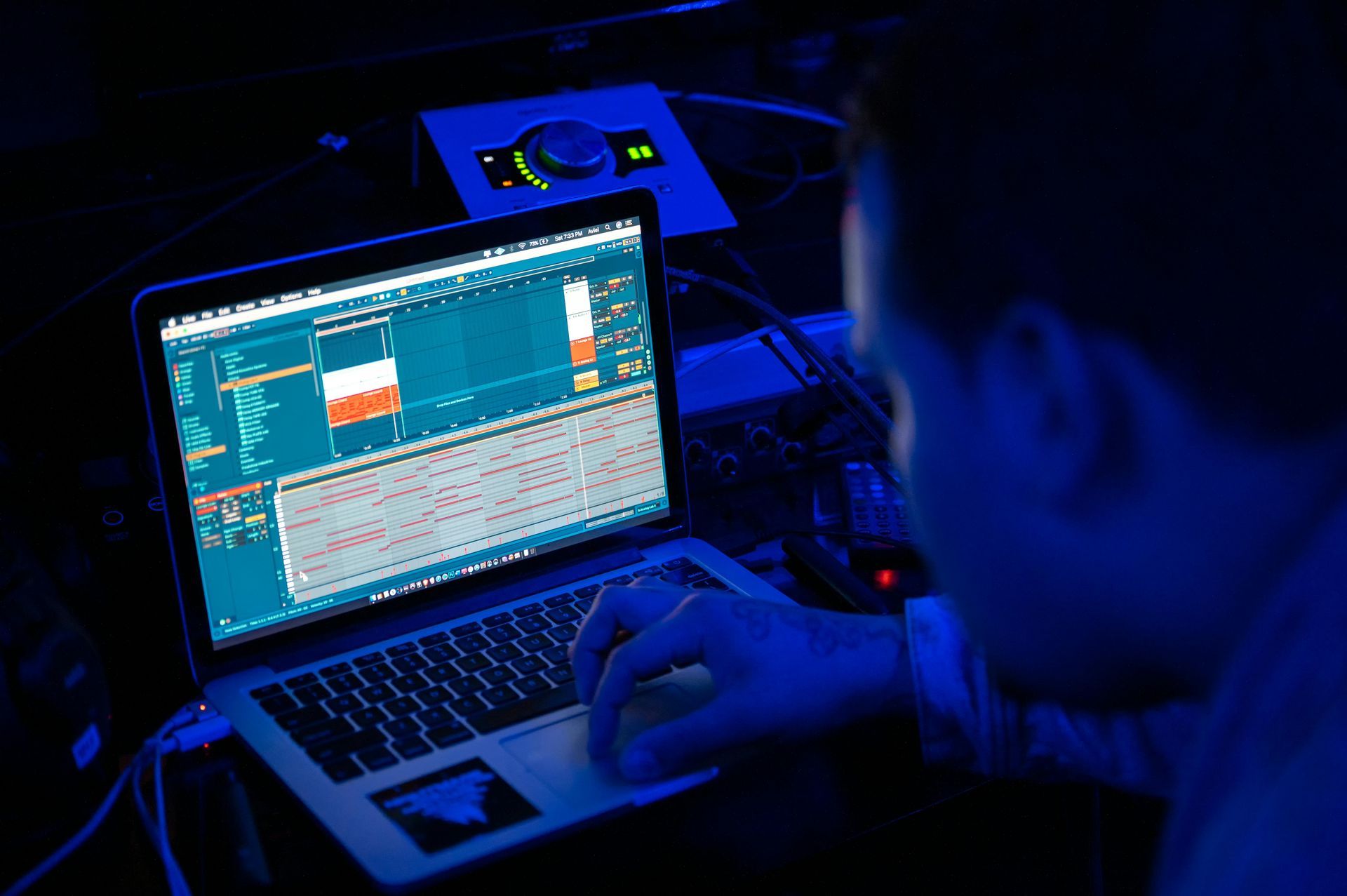Explained: How Music Royalties Work in the Music Industry
Music royalties are a critical component of the music industry, providing a way for artists, songwriters, and producers to earn income from their creative works. With the advent of streaming platforms, understanding how music royalties work has become increasingly complex. This comprehensive guide will demystify music royalties, explain the various types, and delve into the specifics of streaming royalties.
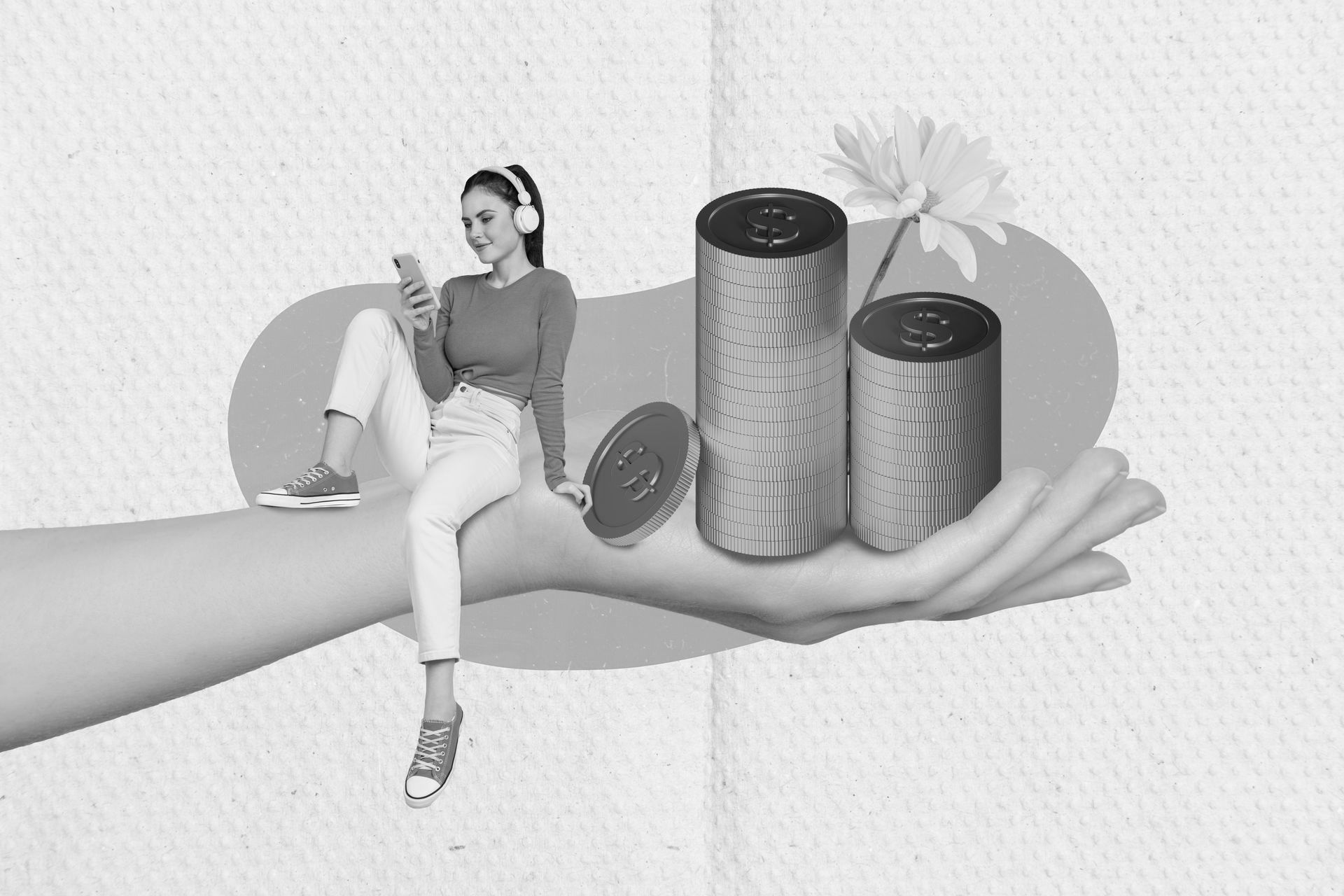
Understanding Music Royalties
What Are Music Royalties?
Music royalties are payments made to rights holders (such as songwriters, composers, and recording artists) for the use of their music. These royalties are earned whenever their music is played, performed, or reproduced. They serve as compensation for the intellectual property rights of the creators and are essential for sustaining the music industry.
Importance of Music Royalties
Music royalties ensure that creators are fairly compensated for their work, encouraging continued creativity and production of new music. They provide a crucial revenue stream, especially in an era where physical sales have declined and digital consumption dominates.
Types of Music Royalties
Performance Royalties
Public performance royalties generate music income for copyrighted works performed, recorded, played, or streamed in public. This includes terrestrial radio, television, bars, restaurants, clubs, live concerts, music streaming services, and anywhere else your music plays in public.
Mechanical Royalties
Mechanical royalties generate music income for the physical or digital reproduction and distribution of copyrighted works. This applies to all music formats such as vinyl, CD, cassette, digital downloads, and streaming services. For example, record labels pay mechanical royalties to songwriters every time they press a CD of their music. A copyright owner can also collect mechanical royalties from a digital music distributor service if they are independent.
Synchronization Royalties
Synchronization royalties generate income for copyrighted music paired or ‘synced’ with visual media. Sync licenses grant the right to use copyrighted songs in films, television, commercials, video games, online streaming, advertisements, music videos, and any other visual media.
However, a synchronization license does not include the right to use an existing recording with audiovisual media such as a YouTube video. A licensee will need a master use license before using copyrighted music with a new audiovisual project. This is an agreement between the master recording owner, such as a record label, and the person seeking permission to use the recording.
Any use of protected music in an audiovisual project will need a master use license and a sync license. It doesn’t matter if it’s a full song or short sample. For example, you need both a master and sync agreement before syncing up the latest pop track with your wakeboarding video on YouTube.
Print Music Royalties
Print royalties are the least common form of payment a copyright holder receives. This royalty applies to copyrighted music transcribed to a print piece such as sheet music and then distributed.
Additionally, the copyright holder pays out these fees based on the number of copies made of the printed piece.
How Music Royalties Work
Music royalties and copyrights is a complex subject. This guide outlines the basic rights and usages of musical compositions.
TYPES OF SONG COPYRIGHTS
Music copyrights have two components: master rights and publishing rights.
- Master rights belong to the owner of a master sound recording. A master recording is an original song or sound used for reproduction and distribution. Master rights typically belong to either the artist(s), record label, recording studio, or any other party who financed the recording.
- Publishing rights belong to the owner of the actual music composition. The publishing side of music refers to the notes, melodies, chords, rhythms, lyrics, and any other piece of original music.
WHAT ARE THE EXCLUSIVE RIGHTS OF COPYRIGHT?
Copyright law grants six exclusive rights to control the use and distribution of copyrighted work. The copyright owner has exclusive rights to:
- Reproduce and make copies of the original work . For example, a digital music download and physical formats like a CD or vinyl.
- Prepare derivative works based on the original work . For example, a new original product that includes aspects of an existing song. This consists of a cover song, remix, or any altered version of an existing song.
- Distribute copyrighted work to the public . For example, release the song through a music distributor, digital download, or record label.
- Perform copyrighted work publicly . For example, live concerts or live performances in a public setting.
- Play copyrighted work publicly . For example, through music streaming, satellite radio, music videos, FM radio, a TV show, etc.
- Display the copyrighted work publicly . A public display means to show a visual copy of the work to others. For example, sheet music or photos from performance pieces.
The copyright owner can transfer these exclusive rights or parts. The two methods of transfer are licensing and assignment. Transfers must be in writing and signed by the copyright owner or an authorized agent.
Collection Societies and PROs
Collection societies and Performance Rights Organizations (PROs) such as ASCAP, BMI, and SESAC, play a vital role in collecting and distributing royalties. They monitor the usage of music across various platforms and ensure that royalties are paid to the appropriate rights holders. By registering with these organizations, artists and songwriters can ensure they receive their due payments.
Be aware, the songwriter and publisher of the work split these royalties. Therefore, you must register as both the writer and publisher to receive 100% of the performance royalties.
The Role of Music Publishers
Music publishers manage the rights of songwriters and composers. They help with the registration of works, collect royalties, and ensure proper distribution. Publishers often take a percentage of the royalties as a fee for their services.
Royalties Split Between Songwriters and Performers
Royalties are typically split between the songwriters, composers, and performers. The specific split depends on contracts and agreements made between the parties involved. It's crucial for artists to understand these splits to ensure fair compensation. Music managers can help navigate contract negotiations for artists.
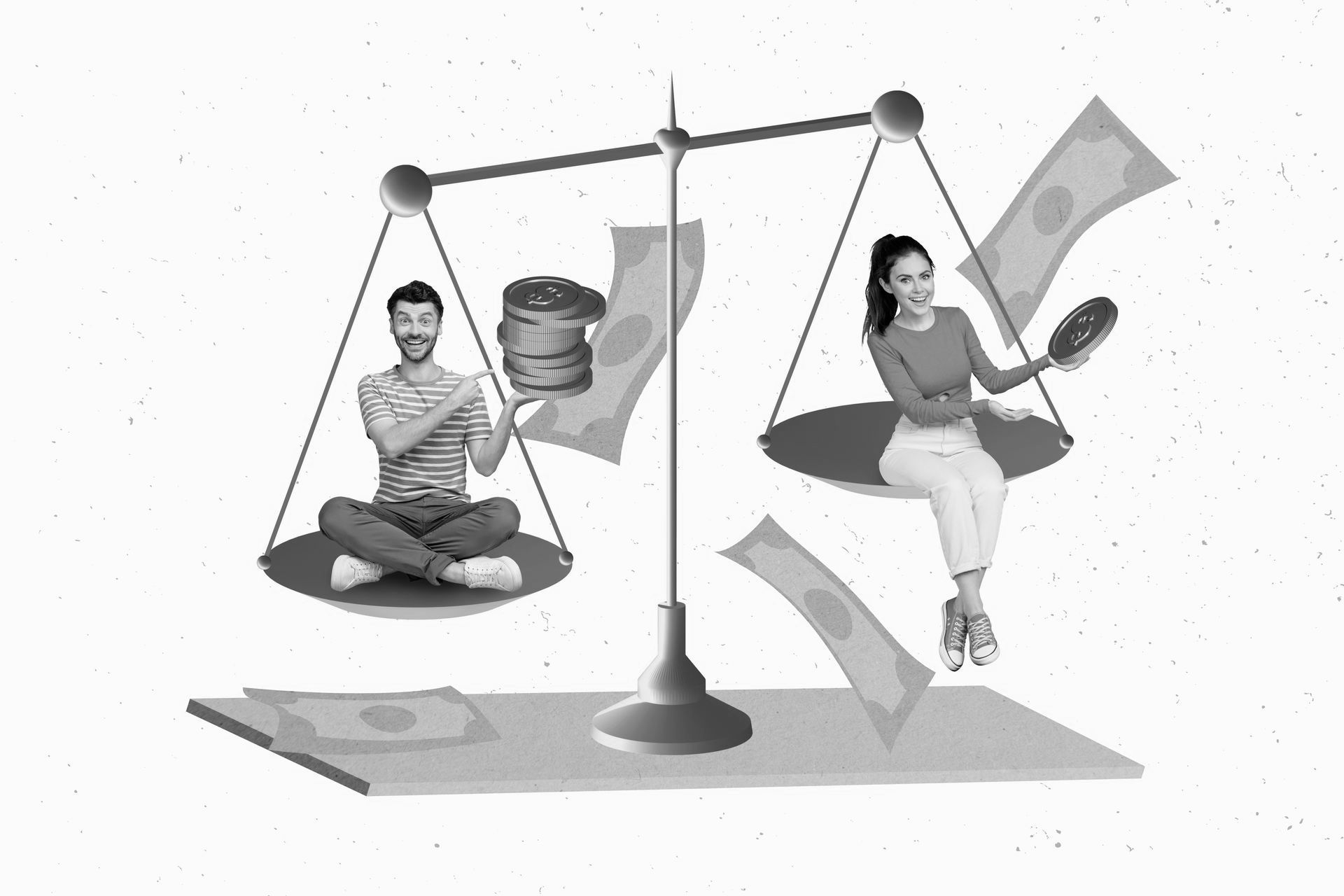
WHO GETS MUSIC ROYALTIES AND ADMINISTERS THEM?
The following roles either receive or distribute royalties for copyrighted music:
1. SONGWRITERS
Songwriters are those who write both the music and lyrics for a song. They receive either mechanical, performance, or sync royalties depending on the usage of their recordings.
If multiple songwriters contributed to a song, they would need a split sheet. A songwriter split sheet is a written agreement that identifies each contributor to a song and establishes ownership percentages amongst them. The agreed percentages determine how much each contributor will receive from the royalties generated by their music.
2. PUBLISHERS
The publisher is the person or company responsible for ensuring copyright holders receive payment for using their music. For example, a music publisher will obtain the songwriting copyright in exchange for royalty privileges. A publishing company will also issue licenses for using music they represent. They also monitor them and collect licensing fees. These publishing royalties get split between the publisher and the songwriter.
3. RECORD LABELS
Record labels market and distribute an artist’s original work. They often have the master rights to a recorded song, but not the publishing rights. Record labels generate income from mechanical and public performance royalties. They issue contracts that allow them to exploit the recordings in exchange for royalty payments over a set length of time. The artist then receives a flat rate or percentage of these record label royalties.
4. DIGITAL MUSIC DISTRIBUTOR
Digital music distribution services help independent artists and labels get their music on major online music stores and streaming sites worldwide. These digital aggregators distribute music on iTunes, Apple Music, Spotify, Beatport, Amazon, Google Play, Pandora, and other leading music platforms.
5. PERFORMING ARTISTS
A performing artist is anyone who performs the songwriter’s original work. Performing artists do not have publishing rights unless they are also the songwriter. Public performances of copyrighted music generate performance royalties for songwriters. These fees are often collected by a Performing Rights Organization such as ASCAP, BMI, or SESAC.
6. PERFORMING RIGHTS ORGANIZATION (PRO)
A Performing Rights Organization collects public performance royalties and distributes them to the songwriter and music publisher. These organizations also monitor performances and broadcasting of registered music played in public. The PROs in the United States include ASCAP, BMI, and SESAC. You must register with one to collect performance royalties.
7. MECHANICAL RIGHTS AGENCY
Mechanical rights agencies manage mechanical licensing rights for the music publisher. They also issue those rights to anyone reproducing and distributing copyrighted musical compositions.
These agencies often charge a set percentage of gross mechanical royalties collected for their services. In the U.S., the Harry Fox Agency is the group that issues mechanical licenses and collects royalties on behalf of the rights holder. A percentage of gross mechanical royalties collected are then paid to the publisher of the song or music composition.
8. SYNC LICENSING AGENCY
Sync licensing agencies acquire the rights from record labels and music publishers to issue licenses for syncing music with visual media. They also distribute royalties for sync licenses to whoever owns the master recording rights. Music users typically work with a music supervisor for sync licensing. A music supervisor oversees all music-related aspects of television, film, advertising, video games, and other existing or emerging visual media platforms. They also serve as middlemen between the artists and the companies or directors licensing the music.
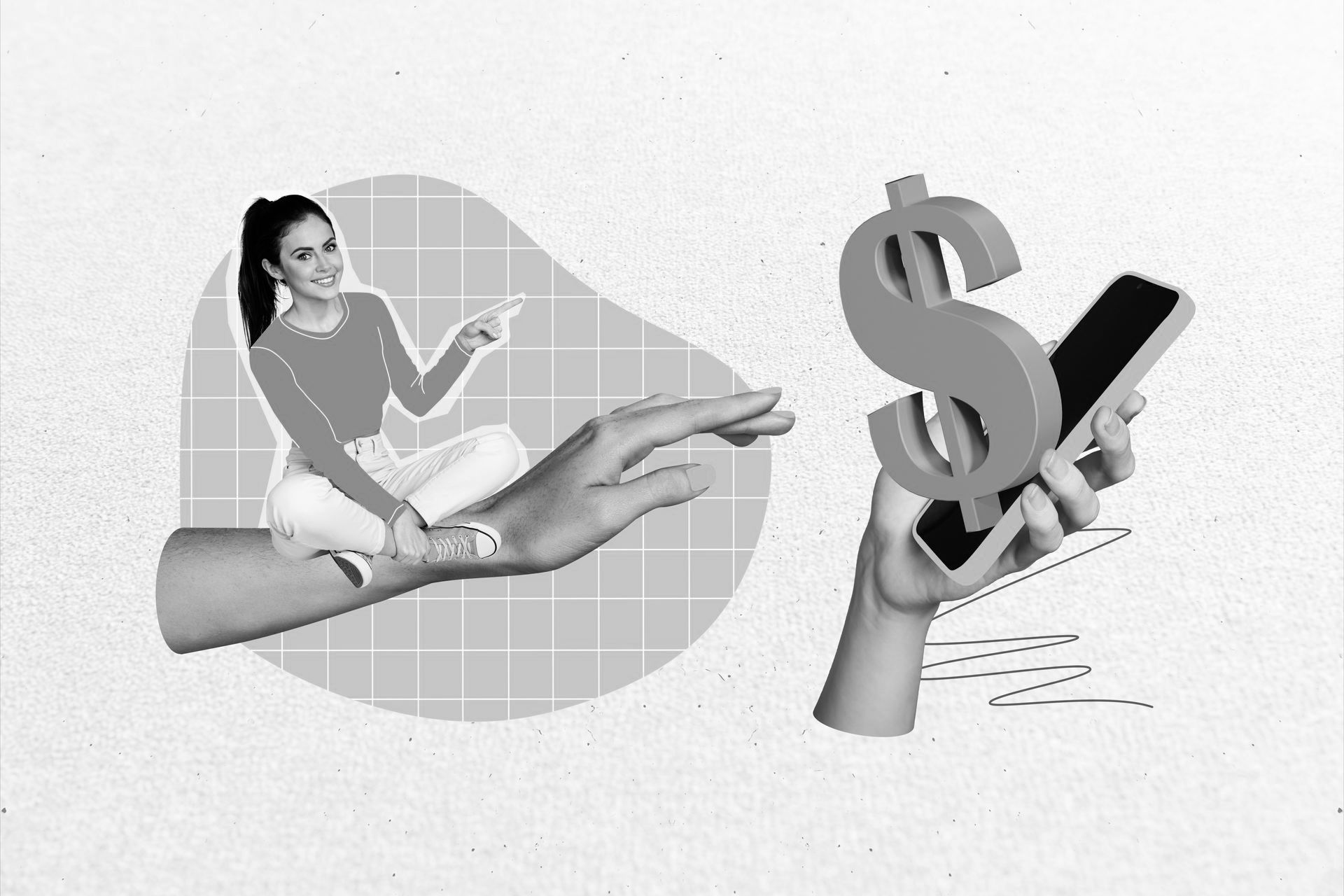
Streaming Royalties Explained
What Are Streaming Royalties?
Streaming royalties are payments made to rights holders whenever their music is played on streaming platforms like Spotify, Apple Music, and YouTube. These royalties are calculated based on a variety of factors, including the number of streams and the revenue generated by the streaming service.
How Streaming Royalties Are Calculated
Streaming royalties are calculated using a pro-rata model. This means that the total revenue generated by the streaming service is divided by the total number of streams on the platform. Each rights holder is then paid a fraction of this revenue based on the number of streams their music received. However, the exact payout per stream varies between platforms and can be influenced by the user’s subscription type and geographic location.
Major Streaming Platforms and Their Payouts
Different streaming platforms have different payout rates. For example, Spotify generally pays between $0.003 and $0.005 per stream, while Apple Music pays around $0.007 to $0.01 per stream. YouTube, on the other hand, pays significantly less, often around $0.00069 per view. Understanding these rates can help artists gauge potential earnings from their music.
Factors Affecting Streaming Royalties
Market Share of Streaming Services
The market share of a streaming service affects the amount of royalties paid out. Services with a larger user base, like Spotify and Apple Music, generally generate more revenue, which can result in higher payouts for artists.
Subscription vs. Ad-Supported Streams
Streaming royalties also differ based on whether the streams come from paid subscribers or ad-supported users. Typically, streams from paid subscribers generate higher royalties compared to ad-supported streams, which rely on advertising revenue.
Territory and Geographic Differences
Geographic location plays a significant role in determining streaming royalties. Different countries have varying subscription fees, ad revenue, and user engagement levels, which influence the overall payout rates. For example, streams from the United States might generate higher royalties compared to streams from developing countries.
The Impact of Streaming on Traditional Royalties
Decline of Physical Sales
The rise of streaming has led to a decline in physical sales, such as CDs and vinyl records. This shift has impacted mechanical royalties, as fewer physical copies are being sold.
Changes in Performance Royalties
Streaming has also changed the landscape of performance royalties. While traditional radio and live performances still contribute, streaming services now account for a significant portion of public performance income.

How to Maximize Your Music Royalties
Registering Your Music Properly
Proper registration of your music with PROs, collection societies, and digital distribution platforms is essential for ensuring you receive all due royalties. Make sure to provide accurate information and keep your registrations up to date.
Understanding Your Rights and Contracts
Understanding your rights as a creator and the terms of your contracts is crucial for maximizing your royalties. Seek legal advice if necessary and ensure that your agreements are fair and transparent.
Utilizing Digital Distribution Services
Digital distribution services like TuneCore, DistroKid, and CD Baby can help you get your music on various streaming platforms and collect royalties. These services often provide tools and resources to track your earnings and optimize your distribution strategy.
Challenges and Controversies in Music Royalties
Transparency in Royalty Payments
One of the major challenges in the music industry is the lack of transparency in royalty payments. Artists often struggle to track their earnings and understand how royalties are calculated. Advocacy for greater transparency is ongoing to ensure fair compensation.
Disparities in Royalty Rates
There are significant disparities in royalty rates between different platforms and regions. This inconsistency can create financial instability for artists, particularly those relying heavily on streaming income.
Legal Disputes and Litigations
Legal disputes over royalty payments are common in the music industry. These disputes can arise from unclear contracts, mismanagement by publishers, or disagreements over rights ownership. Staying informed and seeking legal assistance can help artists navigate these challenges.
Future of Music Royalties
Emerging Trends in Music Consumption
Emerging trends such as the rise of short-form video platforms, social media integration, and virtual concerts are shaping the future of music royalties. These new consumption methods are creating additional revenue streams for artists.
Technological Advances and Their Impact
Technological advances like blockchain and smart contracts promise to revolutionize royalty tracking and payments. These technologies could enhance transparency, reduce disputes, and ensure quicker and more accurate payments to rights holders.
Conclusion
Understanding and navigating the world of music royalties is essential for any musician or songwriter. By knowing the different types of royalties, how they are calculated, and the impact of streaming, artists can ensure they are fairly compensated for their work. While challenges and controversies exist, staying informed and utilizing the right tools and services can help maximize your royalty income.
At ICON Collective, we teach this critical knowledge as part of our
comprehensive music programs. Our students gain a deep understanding of music royalties, learning how to effectively manage and optimize their earnings. As the music industry continues to evolve, so too will the methods of royalty collection and distribution, promising a more transparent and equitable future for music creators. Through education and hands-on experience, ICON Collective prepares artists to navigate these complexities confidently, ensuring they thrive in the ever-changing music landscape.

